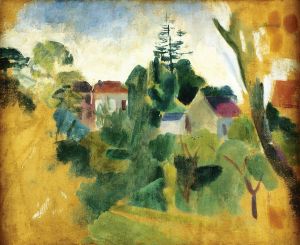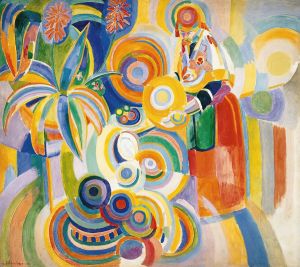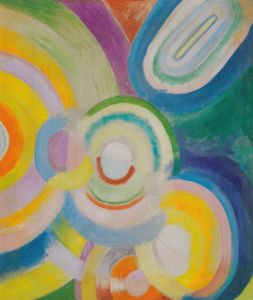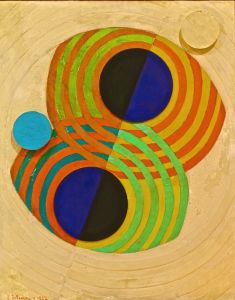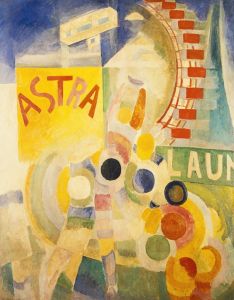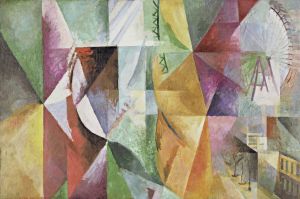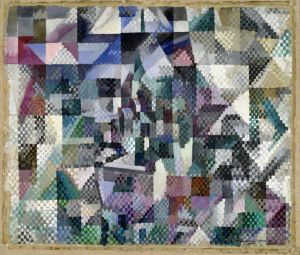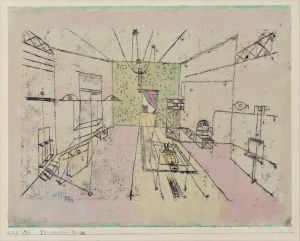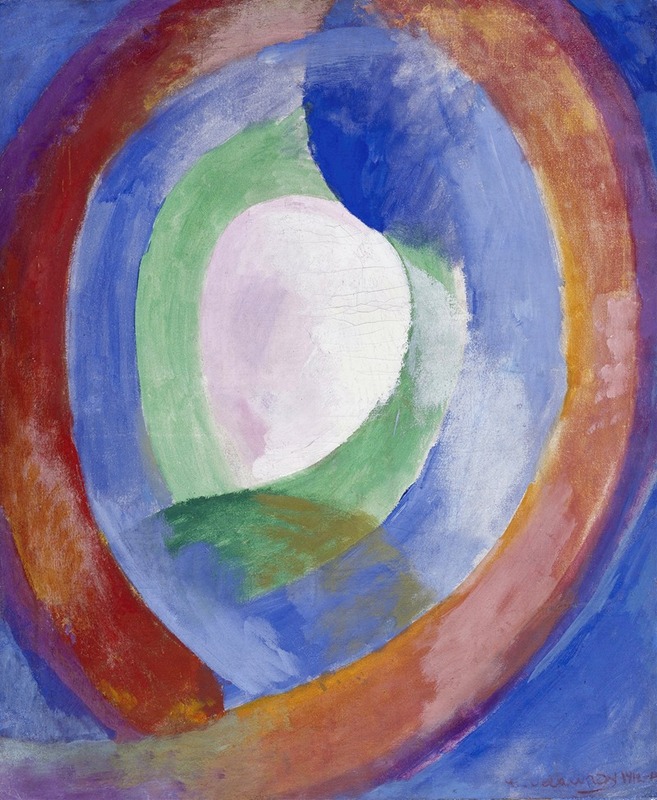
Formes circulaires, lune no. 1
A hand-painted replica of Robert Delaunay’s masterpiece Formes circulaires, lune no. 1, meticulously crafted by professional artists to capture the true essence of the original. Each piece is created with museum-quality canvas and rare mineral pigments, carefully painted by experienced artists with delicate brushstrokes and rich, layered colors to perfectly recreate the texture of the original artwork. Unlike machine-printed reproductions, this hand-painted version brings the painting to life, infused with the artist’s emotions and skill in every stroke. Whether for personal collection or home decoration, it instantly elevates the artistic atmosphere of any space.
Robert Delaunay's Formes circulaires, lune no. 1 (Circular Forms, Moon No. 1) is a notable example of the artist's exploration of abstraction and color theory within the framework of early 20th-century modern art. Painted in 1913, this work is part of Delaunay's broader series of circular compositions, which reflect his interest in the dynamic interplay of color, form, and movement. Delaunay was a key figure in the development of Orphism, a term coined by the poet Guillaume Apollinaire to describe a style of painting that emphasized pure abstraction and vibrant color, often inspired by music and light.
The painting features a series of overlapping circular forms rendered in a vibrant palette, creating a sense of rhythm and motion. The composition is non-representational, focusing entirely on the relationships between colors and shapes rather than depicting a specific subject. The inclusion of the word "lune" (moon) in the title suggests a celestial inspiration, aligning with Delaunay's fascination with cosmic themes and his interest in scientific advancements of the time, such as the study of light and optics.
Delaunay's work during this period was heavily influenced by the theories of color and perception developed by scientists such as Michel-Eugène Chevreul and Hermann von Helmholtz. These theories emphasized the optical effects of juxtaposed colors, which Delaunay applied to create a sense of depth and luminosity in his paintings. Formes circulaires, lune no. 1 exemplifies his belief that color itself could serve as the primary subject of art, independent of representational forms.
This painting was created during a pivotal moment in Delaunay's career, as he transitioned from Cubism to a more abstract and lyrical style. Alongside his wife, the artist Sonia Delaunay, he became a leading proponent of abstract art in Europe. The couple's collaborative efforts and shared interest in color theory significantly influenced the development of modern art.
Today, Formes circulaires, lune no. 1 is recognized as a significant contribution to the history of abstract art. It reflects Delaunay's innovative approach to painting and his commitment to exploring the expressive potential of color and form. The painting is held in the collection of the Solomon R. Guggenheim Museum in New York City, where it continues to be celebrated as a masterpiece of early 20th-century abstraction.







